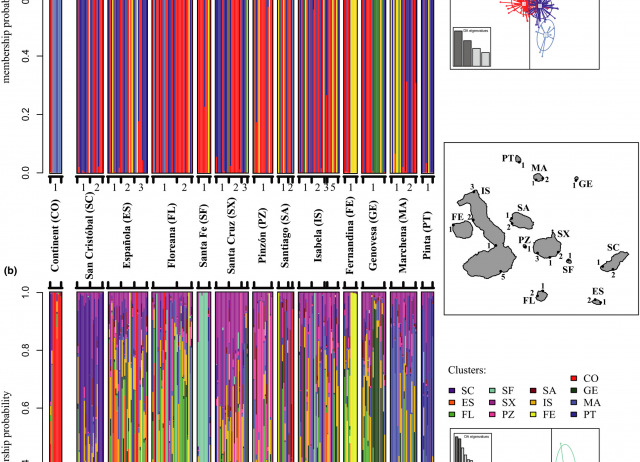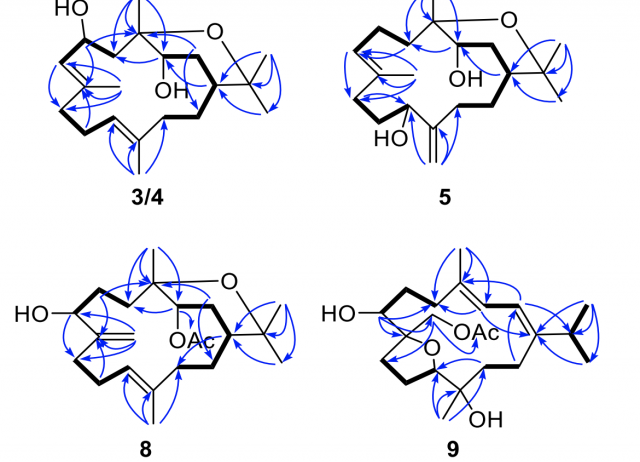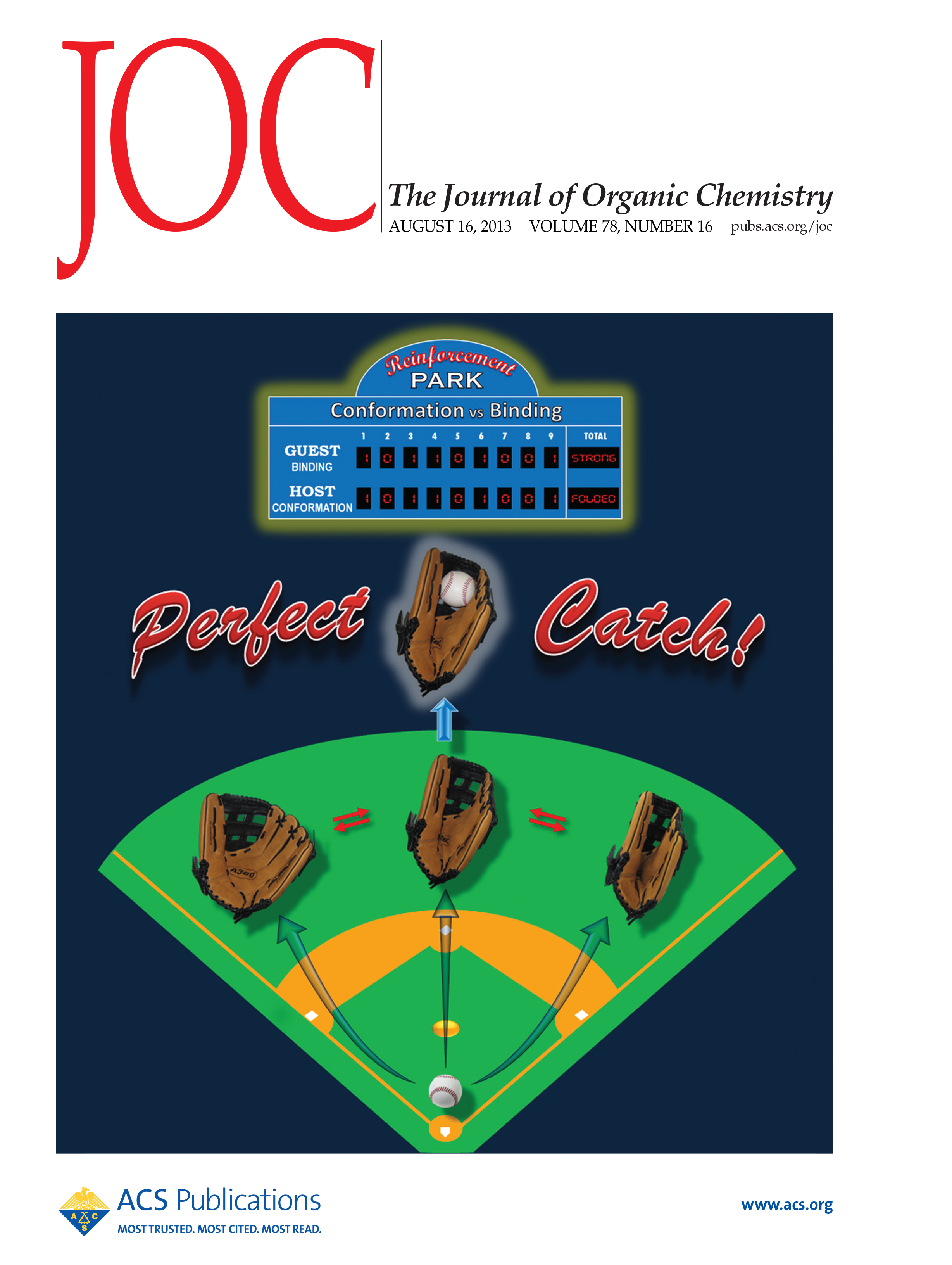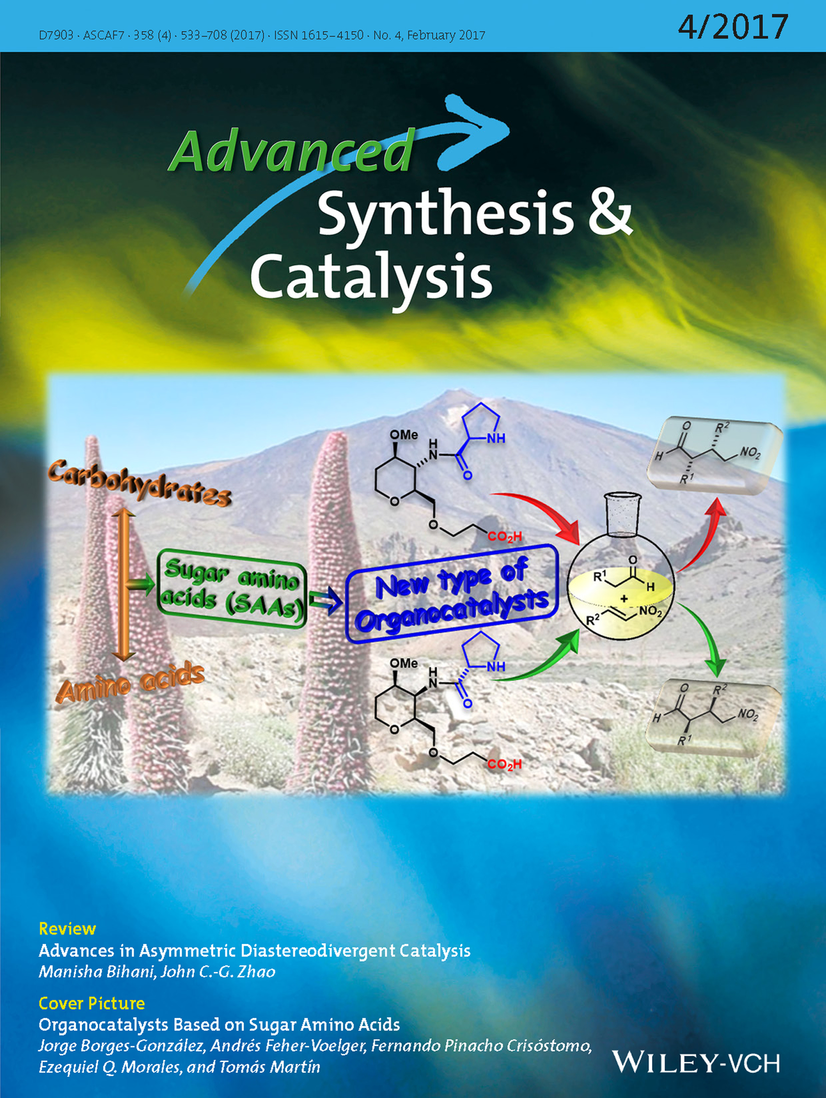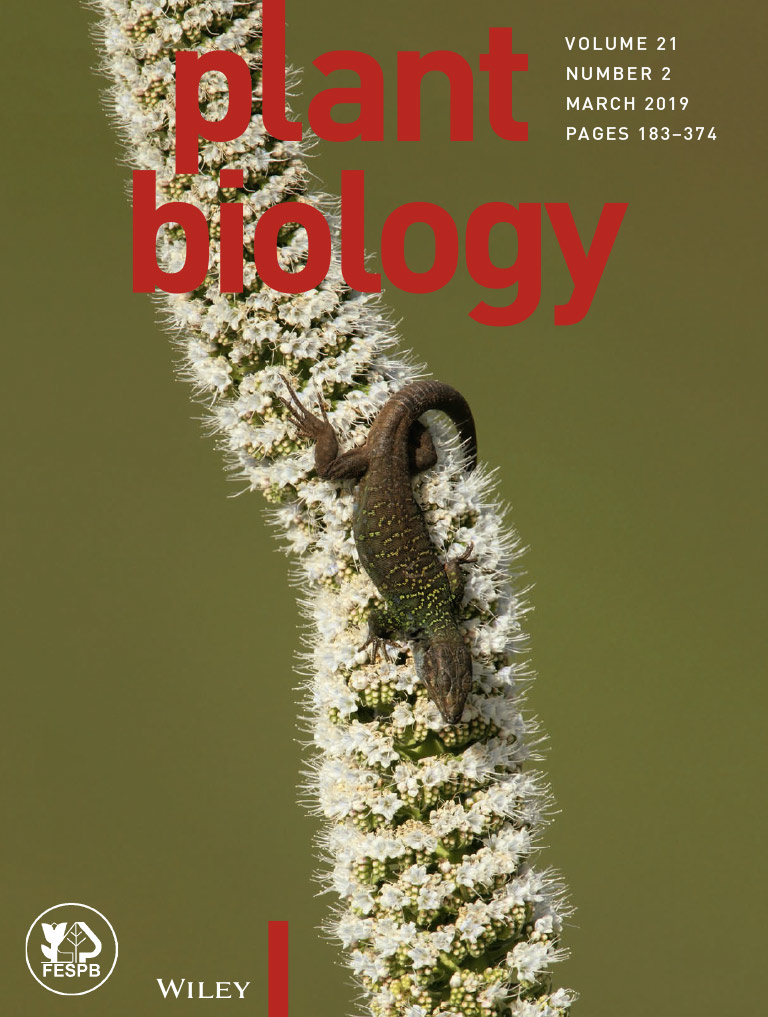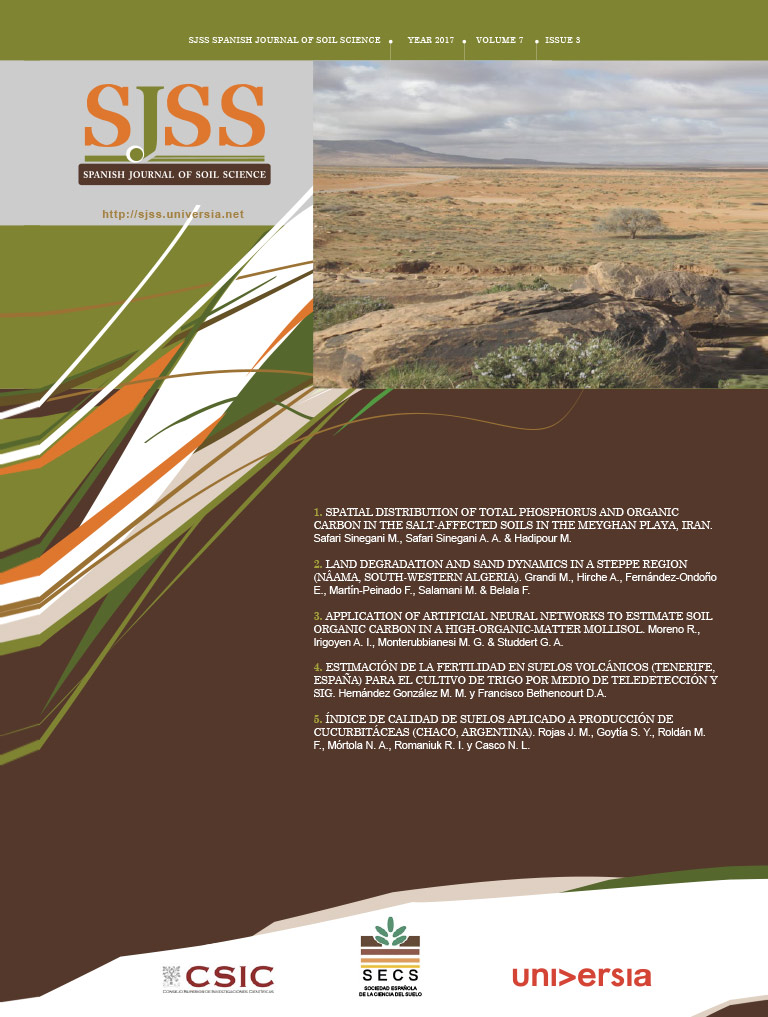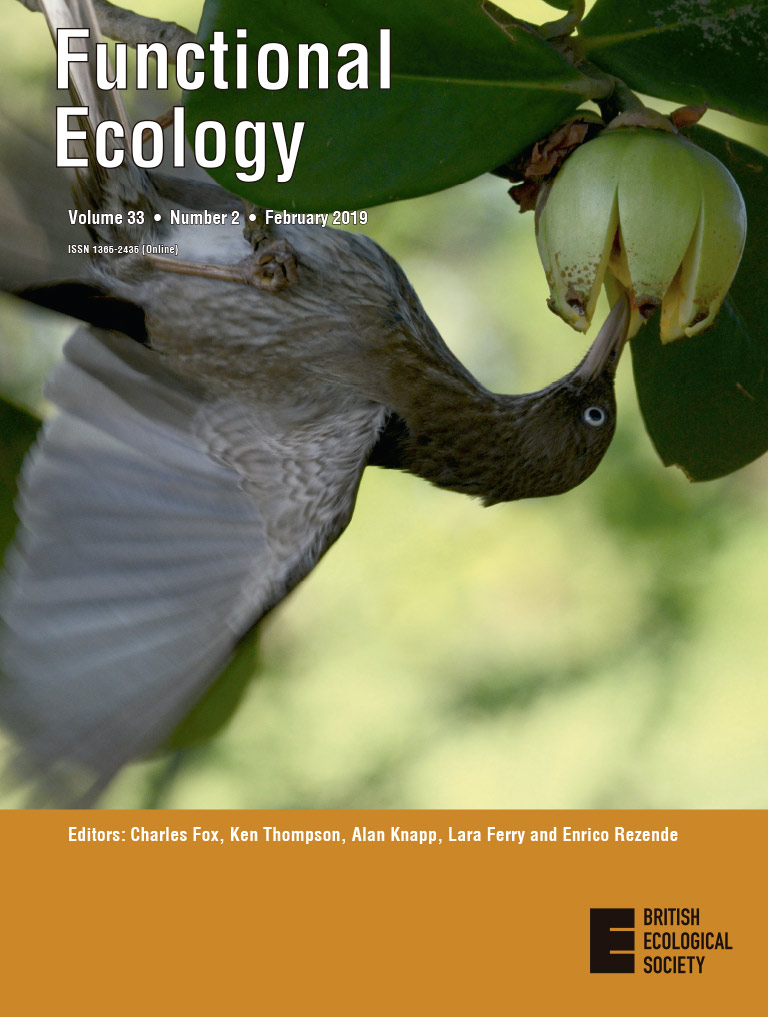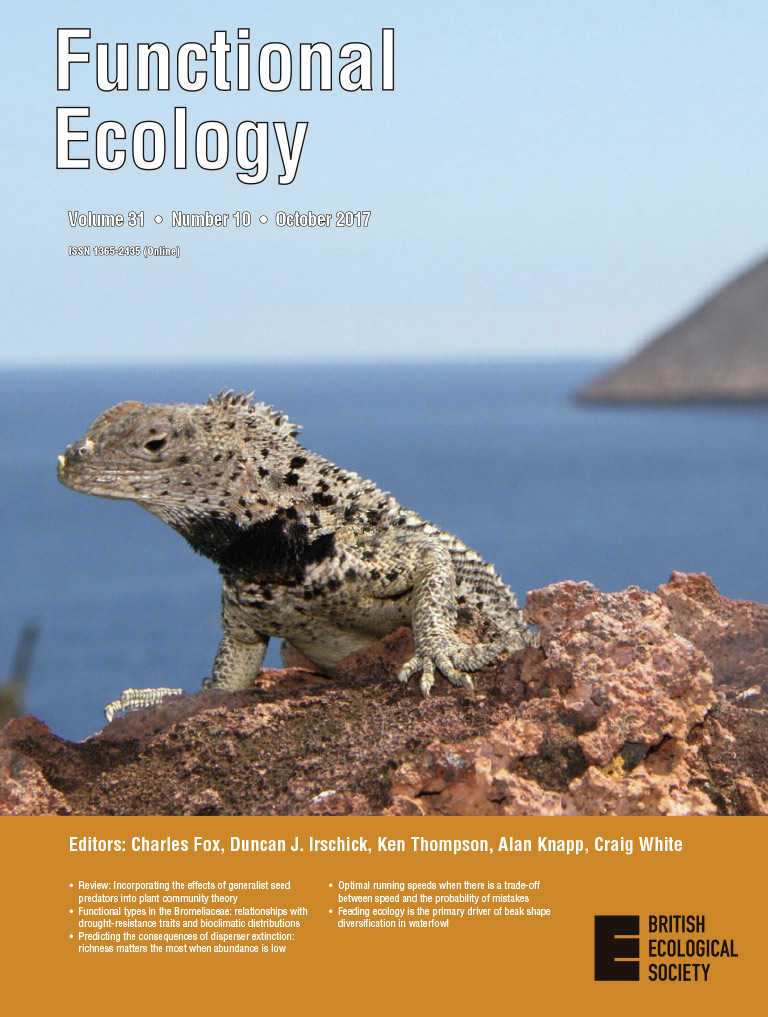Publications
This section includes a list of the latest IPNA scientific articles published in journals included in the Science Citation Index (SCI).
In DIGITAL.CSIC, institutional repository of the CSIC, you can find the complete list of scientific articles since 1962, as well as other collections of interest such as congresses, theses, books, informative material, etc. of the centre. The aim of DIGITAL.CSIC is to organize, preserve and disseminate in open access the results of our research.
In the institutional repository of the CSIC, you can find the complete list of scientific articles, as well as other collections of interest such as congresses, theses, books, informative material, etc.
Analysis of the IPNA 2014-2019 Scientific Production: bibliometric analysis from data collected in Scopus and Web of Science.

Linking seascape with landscape genetics: Oceanic currents favour colonization across the Galápagos Islands by a coastal plant
Aim
Coastal plants are terrestrial organisms for which ocean surface currents often act as long‐distance dispersal vectors (thalassochorous species) favouring broad distributions and connecting distant populations. However, few studies have statistically assessed the role of currents in modulating gene flow and species distributions of terrestrial organisms. Here we evaluate the hypothesis that some thalassochorous plants exhibit population connectivity, presumably due to effective seed dispersal driven by sea currents.
Location
Galápagos Islands (Ecuador).
Taxon
Salt bush (Cryptocarpus pyriformis Kunth), a Galápagos native and locally widespread coastal angiosperm.
Methods
Using 1806 SNPs obtained by ddRADseq, we evaluated the genetic structure and differentiation of the Galápagos salt bush. To assess the role of sea currents in modulating inter‐population gene flow, four explicit hypotheses were tested using reciprocal causal modelling and spatial eigenvector analysis: (a) isolation by sea resistance, considering that only sea dispersal is possible; (b) isolation by sea and inland resistance, considering that inland dispersal is also possible; (c) isolation by barrier, considering the sea as an obstacle to seed dispersal; and (d) isolation by geographical distance.
Results
Low differentiation and little genetic structure were detected among populations of C. pyriformis. Pairwise genetic distances between populations from different islands were significantly correlated with cost distances calculated from sea‐current direction and speed. Nonetheless, inland dispersal also accounted for some gene flow within each island.
Main conclusion
Extensive and frequent seed dispersal by sea has apparently favoured strong inter‐island genetic connectivity within Galápagos. A combination of methods developed for terrestrial and marine domains (landscape and seascape genetics) aids in understanding how landscape features modulate gene flow of coastal plant species, as these terrestrial organisms are highly dependent on the sea for seed dispersal.
Arjona, Yurena; Fernández-López, Javier; Navascués, Miguel; Álvarez, Nadir; Nogales, Manuel; Vargas, Pablo
Vino de Tea (pine heartwood wine) from La Palma (Spain): ethnographic and physic-chemical characterization of a unique fermented product
This paper presents the results of a novel study of Vino de Tea (pine heartwood wine) from the island of La Palma (Canary Islands, Spain). The aim is to investigate its differential characteristics and contribute to typifying it within the Denomination of Origin ‘Wines of La Palma’. The analysis is based on a mixed approach combining a qualitative ethnographic approach (22 interviews) and quantitative physic-chemical methods in a sample of 16 wines. The ethnographical study revealed the tradition and techniques of elaboration behind Vino de Tea. In turn, the physic-chemical analysis revealed by chromatography a significant presence of α-terpineol due to elaboration in pine barrels or casks. These samples were compared with a Greek Retsina wine, revealing the differences between these two traditional wines. These data suggest that Vino de Tea is a unique product with distinctive characteristics and potential health benefits, owing to its significant content of α-terpineol resulting from its fermentation in Canary pine casks.
Alonso-González, Pablo; Parga-Dans, Eva
Displacements Monitoring over Czechia by IT4S1 System for Automatised Interferometric Measurements using Sentinel-1 Data
The Sentinel-1 satellite system continuously observes European countries at a relatively high revisit frequency of six days per orbital track. Given the Sentinel-1 configuration, most areas in Czechia are observed every 1–2 days by different tracks in a moderate resolution. This is attractive for various types of analyses by various research groups. The starting point for interferometric (InSAR) processing is an original data provided in a Single Look Complex (SLC) level. This work represents advantages of storing data augmented to a specifically corrected level of data, SLC-C. The presented database contains Czech nationwide Sentinel-1 data stored in burst units that have been pre-processed to the state of a consistent well-coregistered dataset of SLC-C. These are resampled SLC data with their phase values reduced by a topographic phase signature, ready for fast interferometric analyses (an interferogram is generated by a complex conjugate between two stored SLC-C files). The data can be used directly into multitemporal interferometry techniques, e.g., Persistent Scatterers (PS) or Small Baseline (SB) techniques applied here. A further development of the nationwide system utilising SLC-C data would lead into a dynamic state where every new pre-processed burst triggers a processing update to detect unexpected changes from InSAR time series and therefore provides a signal for early warning against a potential dangerous displacement, e.g., a landslide, instability of an engineering structure or a formation of a sinkhole. An update of the processing chain would also allow use of cross-polarised Sentinel-1 data, needed for polarimetric analyses. The current system is running at a national supercomputing centre IT4Innovations in interconnection to the Czech Copernicus Collaborative Ground Segment (CESNET), providing fast on-demand InSAR results over Czech territories. A full nationwide PS processing using data over Czechia was performed in 2017, discovering several areas of land deformation. Its downsampled version and basic findings are demonstrated within the article.
Lazecký, Milan: Hatton, Emma; González, Pablo J.; Hlavácová, Ivana; Jiránková, Eva; Dvorák, Frantisek; Sustr, Zdenek, Martinovic, Jan
Revealing community assembly through barcoding: Mediterranean butterflies and dispersal variation
In Focus: Scalercio, S., Cini, A., Menchetti, M., Vodă, R., Bonelli, S., Bordoni, A., … Dapporto, L. (2020). How long is 3 km for a butterfly? Ecological constraints and functional traits explain high mitochondrial genetic diversity between Sicily and the Italian Peninsula. Journal of Animal Ecology. https://doi.org/10.1111/1365‐2656.13196. Biotic and abiotic factors can shape geographical patterns of genetic variation within species, but few studies have addressed how this might generate common patterns at the level of communities of species. Scalercio et al. (2020) have combined mtDNA sequence data and life‐history traits, to reveal a repeated pattern of genetic structure between Sicilian and southern Italian butterfly populations, which are separated by only 3 km of ocean. They reveal how intrinsic species traits and extrinsic environmental constraints explain this pattern, demonstrating an important role for wind. Moreover, the inclusion of almost 8,000 georeferenced sequences reveals that, in spite of also being present in southern Italy, almost half of Sicilian butterfly species are more closely related to populations from other parts of Europe, Asia or North Africa. We provide further discussion on the biogeographic barrier they identify, and the potential of community‐level DNA barcoding to identify processes that structure genetic variation across communities.
Emerson, Brent C.; Jiménez-García, Eduardo; Suárez, Daniel
Control of invasive ring-necked parakeet (Psittacula krameri) in an island Biosphere Reserve (La Palma, Canary Islands): combining methods and social engagement
| The ring-necked parakeet (Psittacula krameri) has been naturalised in La Palma Island Biosphere Reserve since the late 1990s. Due to landowners’ complaints about the impact of parakeets on crops, a control scheme was implemented to eliminate the known population, initially estimated at 70 birds. The programme finally comprised three different phases. Between December 2015 and September 2016, 107 parakeets were removed by trapping using 14 decoy traps. Due to inefficient handling and trap shyness developed by the parakeets, traps were removed from October 2016 to November 2017, with at least 20 parakeets remaining in the wild. The control measures restarted in December 2017; 34 parakeets were counted and 13 were trapped. Since the parakeets had started to breed, the method was changed from trapping to shooting, to remove the last 34 parakeets. In total, during the entire project (December 2015–May 2018), 175 ring-necked parakeets were managed: 154 removed from the environment, 1 handed over to the project staff, and 20 registered by authorities as pets. Considering the undetermined number of ring-necked parakeets kept as pets on the island, an early detection and rapid response system has been set up by the island council, engaging public workers and volunteers to investigate and control new escapes. This project is one of the few cases worldwide where naturalised breeding populations of this invasive species have been successfully eliminated from the environment. Negative effects on biodiversity and human interests were thus minimized, and especially important, this was achieved without generating any social conflict. |
Saavedra, Susana; Medina, Félix M.
Patrimonios y culturas del vino en riesgo de desaparición: el caso de As Adegas do Viño do País (Betanzos, Galicia)
Las Adegas do Viño do País son establecimientos propios de la comarca de Betanzos (noroeste de Galicia, España) en los que se permite vender el excedente de la producciónMvinícola anual por parte de sus productores. Estos locales, cuyos orígenes remontan al periodo medieval, forman parte de la tradición y la cultura del vino contemporánea de la zona, donde las personas acuden a degustar el vino del año y llevan comida para compartir. Pese a la relevancia histórica, cultural y patrimonial de estos espacios, actualmente corren el riesgo de desaparecer. El presente estudio analiza, con perspectiva etnográfica, mediante aproximación sociológica y en línea con los estudios críticos del patrimonio, los factores socioculturales que emplazan a esta tradición al borde de la desaparición. Los resultados muestran una cultura vitícola singular y, por tanto, una oportunidad de favorecer su continuidad mediante su diferenciación, es decir, la adaptación de esta tradición a la modernidad fundamentada en el estudio de las Adegas do Viño do País.
Togores Hernani, José Ramón; Parga-Dans, Eva; Diz, Carlos
Can Immunization of Hens Provide Oral-Based Therapeutics against COVID-19?
In the current worldwide pandemic situation caused by the Severe Acute Respiratory Syndrome Coronavirus 2 (SARS-CoV-2) and the newest coronavirus disease (COVID-19), therapeutics and prophylactics are urgently needed for a large population. Some of the prophylaxis strategies are based on the development of antibodies targeting viral proteins. IgY antibodies are a type of immunoglobulin present in birds, amphibians, and reptiles. They are usually obtained from egg yolk of hyper-immunized hens and represent a relatively inexpensive source of antibodies. Specific IgY can be produced by immunizing chickens with the target antigen and then purifying from the egg yolk. Chicken IgY has been widely explored as a clinical anti-infective material for prophylaxis, preventive medicine, and therapy of infectious diseases. Administered non-systemically, IgY antibodies are safe and effective drugs. Moreover, passive immunization with avian antibodies could become an effective alternative therapy, as these can be obtained relatively simply, cost-efficiently, and produced on a large scale. Here, we highlight the potential use of polyclonal avian IgY antibodies as an oral prophylactic treatment for respiratory viral diseases, such as COVID-19, for which no vaccine is yet available.
Pérez de Lastra, José Manuel; Baca-González, Victoria; Asensio-Calavia, Patricia; González-Acosta, Sergio; Morales-delaNuez, Antonio
Rare new bicyclic cembranoid ethers and a novel trihydroxy prenylated guaiane from the Xisha Soft Coral Lobophytum sp
Seven new cembrane-type diterpenes, lobophytolins C–I (3–9), and one new prenylated-guiane-type diterpene, lobophytolin J (10), along with six known related ones (1, 2, 11–14), have been isolated from the soft coral Lobophytum sp. collected off the Xisha Island in the South China Sea. Their structures were elucidated by extensive spectroscopic analysis and quantum mechanical (QM)-NMR methods. The absolute configuration of lobophytolin H (8) was determined by the application of the modified Mosher’s method and chemical transformation. Lobophytolin D (4) exhibited promising cytotoxicities in in vitro bioassays against HT-29, Capan-1, A549, and SNU-398 human cancer cell lines with IC50 values of 4.52, 6.62, 5.17, and 6.15 μM, respectively.
Li, Song-Wei; Cuadrado, Cristina; Huan, Xia-Juan; Yao, Li-Gong; Miao, Ze-Hong; Hernández Daranas, Antonio; Guo, Yue-Wei
Are Vaccines the Solution for Methane Emissions from Ruminants? A Systematic Review
Ruminants produce considerable amounts of methane during their digestive process, which makes the livestock industry as one of the largest sources of anthropogenic greenhouse gases. To tackle this situation, several solutions have been proposed, including vaccination of ruminants against microorganisms responsible for methane synthesis in the rumen. In this review, we summarize the research done on this topic and describe the state of the art of this strategy. The different steps implied in this approach are described: experimental design, animal model (species, age), antigen (whole cells, cell parts, recombinant proteins, peptides), adjuvant (Freund’s, Montanide, saponin, among others), vaccination schedule (booster intervals and numbers) and measurements of treatment success (immunoglobulin titers and/or effects on methanogens and methane production). Highlighting both the advances made and knowledge gaps in the use of vaccines to inhibit ruminant methanogen activity, this research review opens the door to future studies. This will enable improvements in the methodology and systemic approaches so as to ensure the success of this proposal for the sustainable mitigation of methane emission.
Baca-González, Victoria; Asensio-Calavia, Victoria; González-Acosta, Sergio; Pérez de Lastra, José Manuel; Morales-delaNuez, Antoni
The limited spatial scale of dispersal in soil arthropods revealed with whole‐community haplotype‐level metabarcoding
Soil arthropod communities are highly diverse and critical for ecosystem functioning. However, our knowledge of spatial structure and the underlying processes of community assembly are scarce, hampered by limited empirical data on species diversity and turnover. We implement a high‐throughput sequencing approach to generate comparative data for thousands of arthropods at three hierarchical levels: genetic, species and supra‐specific lineages. A joint analysis of the spatial arrangement across these levels can reveal the predominant processes driving the variation in biological assemblages at the local scale. This multihierarchical approach was performed using haplotype‐level COI metabarcoding of entire communities of mites, springtails and beetles from three Iberian mountain regions. Tens of thousands of specimens were extracted from deep and superficial soil layers and produced comparative phylogeographic data for >1,000 codistributed species and nearly 3,000 haplotypes. Local assemblage composition differed greatly between grasslands and forests and, within each habitat, showed strong spatial structure and high endemicity. Distance decay was high at all levels, even at the scale of a few kilometres or less. The local distance decay patterns were self‐similar for the haplotypes and higher hierarchical entities, and this fractal structure was similar in all regions, suggesting that uniform processes of limited dispersal determine local‐scale community assembly. Our results from whole‐community metabarcoding provide insight into how dispersal limitations constrain mesofauna community structure within local spatial settings over evolutionary timescales. If generalized across wider areas, the high turnover and endemicity in the soil locally may indicate extremely high richness globally, challenging our current estimations of total arthropod diversity on Earth.
Arribas, Paula; Andújar, Carmelo; Salces-Castellano, Antonio; Emerson, Brent C.; Vogler, Alfried P.
